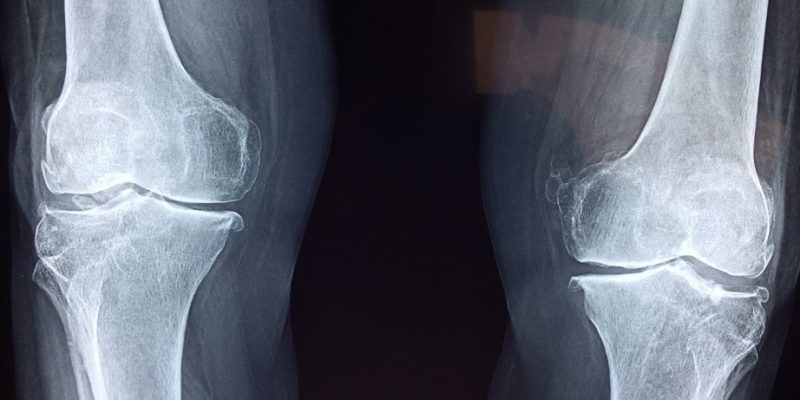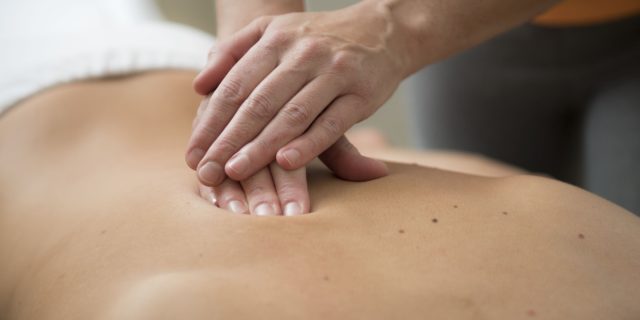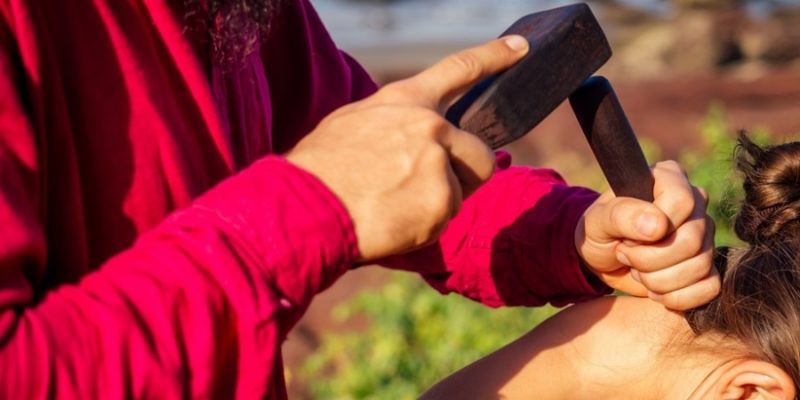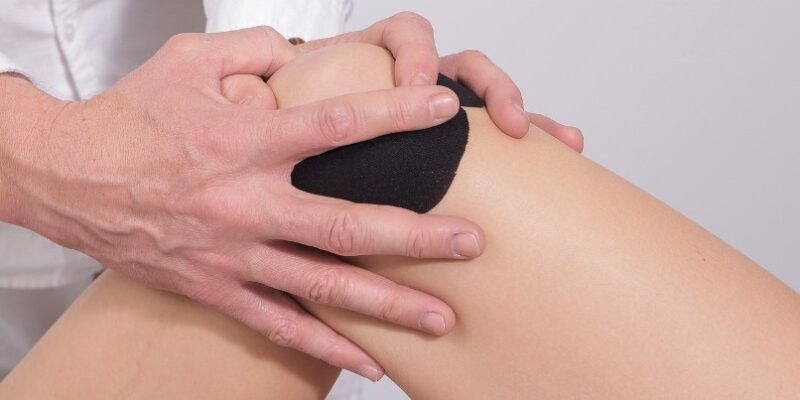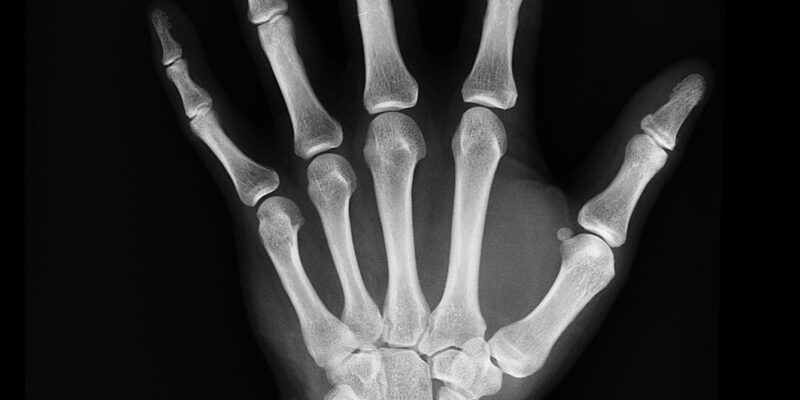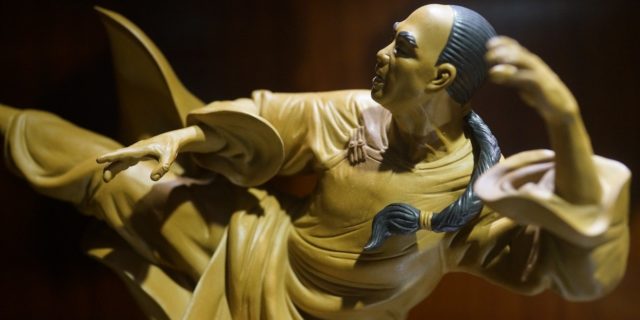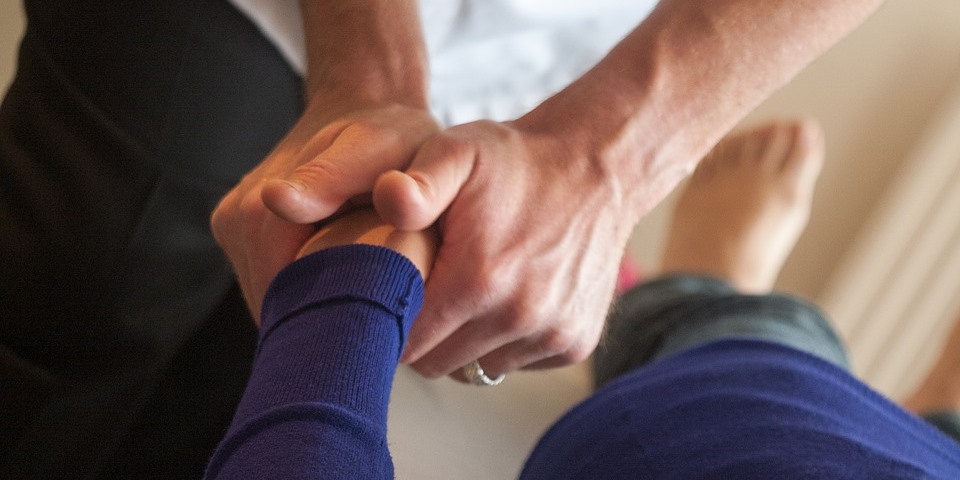
Bone Setting, cracking, and in a broader sense also Chiropractic, are based on the theory that a variety of diseases and disorders are caused by misalignment of the bones, notably those of the spine, thus obstructing proper and uninhibited nerve functions.
In the West, practitioners study Chiropractic in programs quite similar to the ones for conventional medicine, but focus is much more on body structure and biomechanics. Students learn to manipulate the body to realign or readjust it, and medicines are not used. In addition, chiropractors prescribe exercises and diets to treat different illnesses or disorders.

Traditionally, indigenous healers and bonesetters would realign the spine and set broken bones by pulling them back into place, and in case of fractures the area around the injury would be stabilized with wooden sticks and the like.
Traditional bone setting had a strong connection with the martial arts, that is, bonesetters would help heal wounded fighters, those being an important part of their clientele. Additionally, they would treat all people who got physical injuries.
Apart from working directly with the bones, bonesetters also work on general musculoskeletal issues and joint manipulation. Medicinal herbal compresses and packs are applied also and various rituals and incantations are performed to speed up the healing process.
Many of who have received a (traditional) massage are acquainted with the so-called “bone cracks” or “cracking” in massage therapy. Usually (and perhaps preferably), cracking or realignment happens spontaneously and automatically during a massage session when muscles get relaxed: bones or joints simply flip back into their natural position, or release pressure, which feels and sounds like a “pop” or “crack.”
It’s thought that the pop-sound is caused by small gas bubbles in the joints or between other movable bones. When applying cracks (or when they happen spontaneously), it changes the volume and pressure between moveable bones (typically the synovial joints), which is believed to cause gas bubbles in the joint cavity that subsequently “pop,” giving the particular sound. Another reason is that contact and friction between bones, joints, tendons, and soft tissue can just make sounds.

Massage practitioners and therapists can also deliberately help realign bones (“crack”) by using certain manual techniques to support immediate realignment or readjustment. This is typically carried out at the end of a treatment session when the receiver’s muscles are in the most relaxed state possible.
Nevertheless, there’s quite some general ambiguity and hesitation around cracking. Some people think that it may be harmful for the body or joints, but there’s no scientific evidence of this. Most likely “moderation” is the best solution, meaning that occasional cracking can help relieve pressure and reposition bones and joints, but repetitive and habitual cracking is perhaps less advised. That is, it may lead to overstretched ligaments, which then allow for too much movement and joint instability, which in its turn may lead to further injuries.
In any case, various types of cracks may be applied, such as neck-cracks, back/spine-cracks, hands, fingers, wrists, feet, ankles and toe cracks.
Cracking and bone setting is thought to be particularly helpful with:
- Acute joint or bone displacement due to injuries;
- Bone fractures;
- Joint and muscle pains;
- Swellings and contusions;
- Sprains, ankle and knee pains;
- Menstrual pains, stomachaches, and abdominal pains;
- Headaches and dizziness;
- Backaches.






